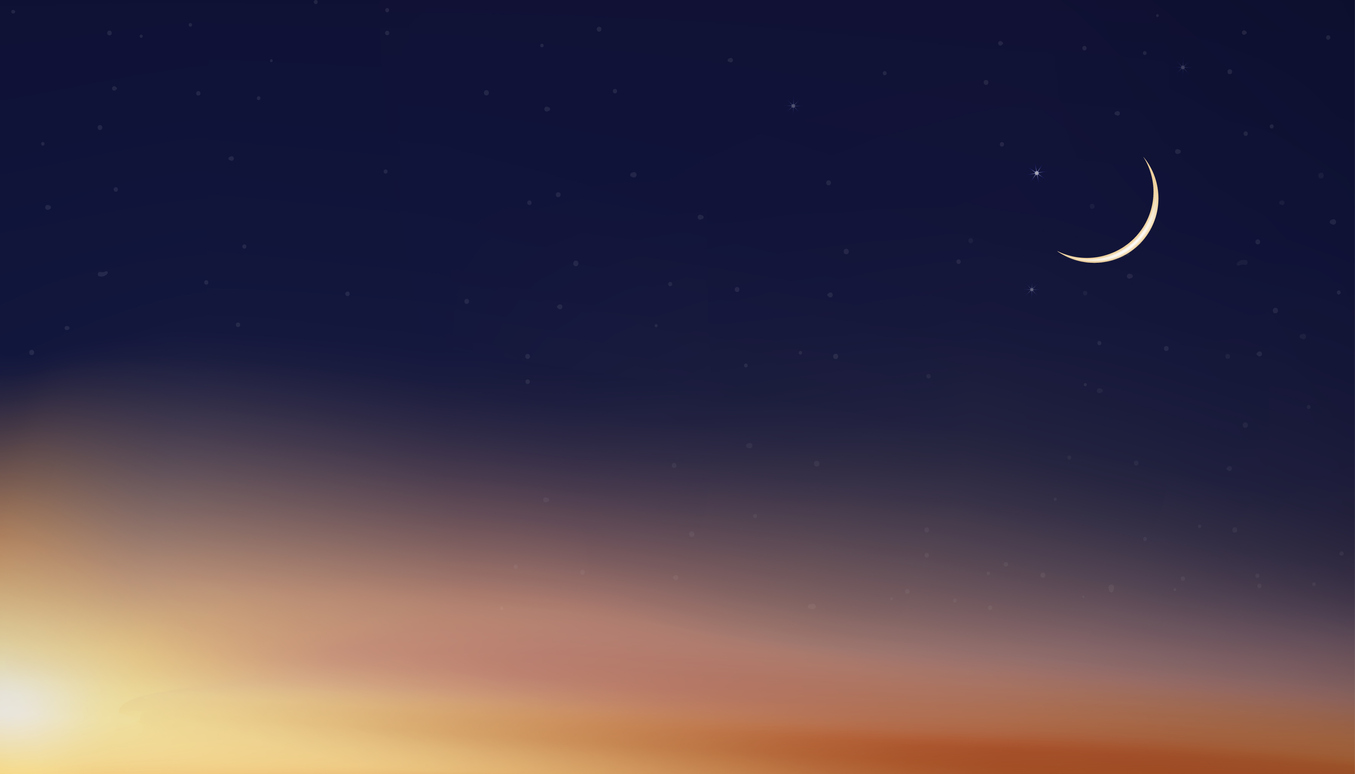
By: ShubhamGhosh
Ramadan, the holiest month of the Islamic calendar, is observed by Muslims across the world. It is the time when the community engages in fasting, praying and introspection. Muslims fast from dawn to dusk on every day during Ramadan — abstaining from food, water and other physical needs. The fast is only broken at sunset with a meal called Iftar. This is also the time when families and communities come together and break their fasting, often with traditional food and drink.
The purpose of fasting during Ramadan is believed to purify the soul and raise one’s devotion to Allah. Muslims also spend more time praying and reading their holy Quran during this month. Many mosques offer additional services during Ramadan, including Taraweeh prayers — special nightly ones that are longer than the usual daily ones.
Ramadan is also a time when the poor and needy are given help. The period lasts for 29-30 days — from the sighting of the crescent moon to the next. The conclusion of Ramadan is marked by Eid al-Fitr, a ceremony of breaking the fast.
Crescent Moon Watch, a moon tracker run by the UK’s Nautical Almanac Office, Ramadan’s new moon will start on Tuesday (21) at 17.23 GMT or 8.23 pm Mecca time, with no sightings of any type expected the same night, Al Jazeera reported.
“On the night of March 22, the new moon should be easily visible to the naked eye across many parts of the Middle East, North Africa, Western Europe and the America. The first fasting day is thus expected to be March 23 for those countries,” it said, adding that the new moon could possibly be viewed without optical aid if the skies are clear from across India, Afghanistan, Bangladesh, Pakistan, Iran and South Africa.
The southeast Asian nations of Indonesia and Malaysia will most likely need optical aid to see the moon.
For those countries, if the moon is sighted, the first fasting day of Ramadan will also be Thursday (23). If not, then the first day of fasting will be on Friday (24).
